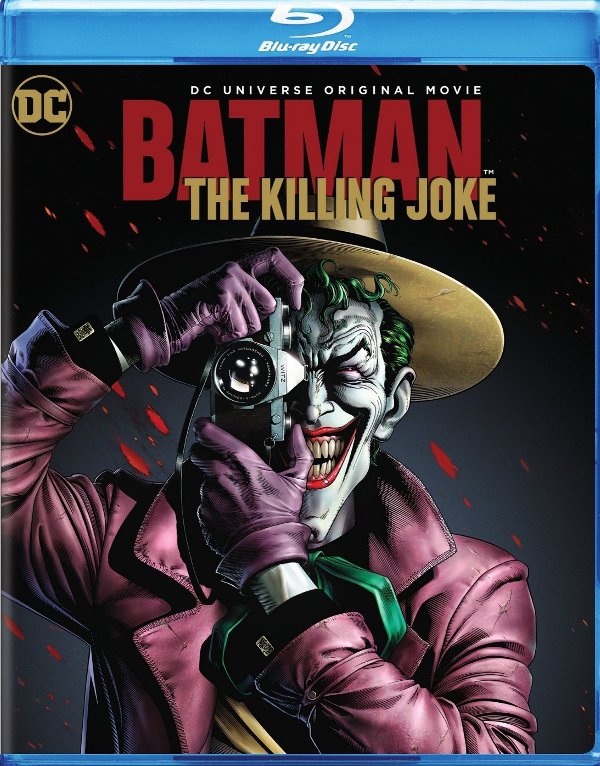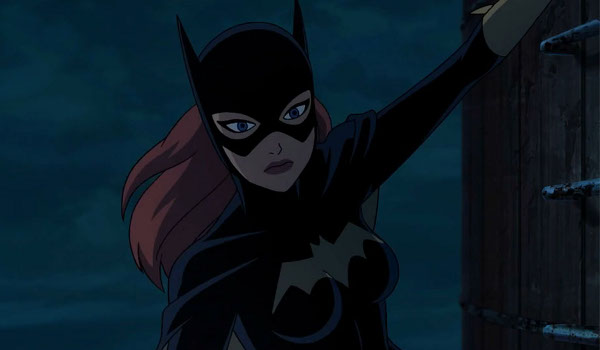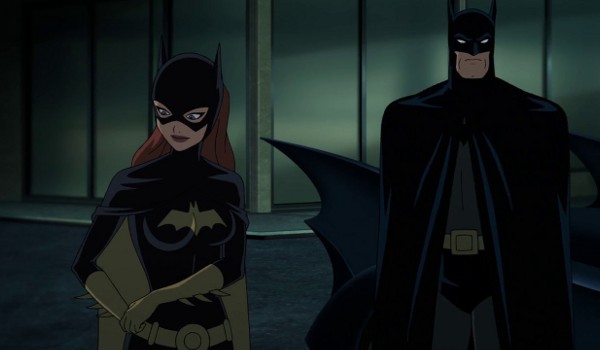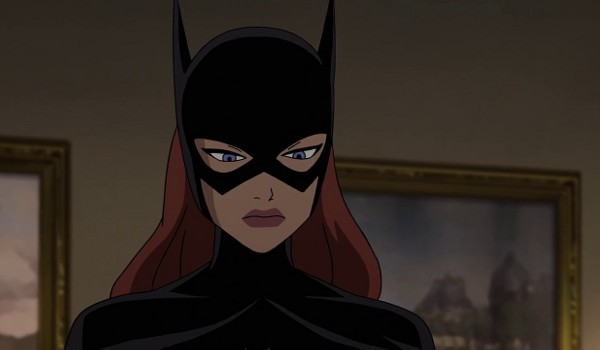- Title: Batman: The Killing Joke
- IMDb: link

 A stand-alone one-shot written by Alan Moore and illustrated by Brian Bolland, Batman: The Killing Joke is the most overrated Batman story ever printed. Very much a product of its time, the story features the Joker (Mark Hamill) finally going “too far.” I’m not saying the story is bad, in fact it works in the way Moore and Bolland intended and explores the destructive relationship between Batman (Kevin Conroy) and the Joker in unexpected ways. However, it also make several decisions which are hard to excuse even nearly three decades later – predominantly turning Barbara Gordon (Tara Strong) into nothing more than a victim.
A stand-alone one-shot written by Alan Moore and illustrated by Brian Bolland, Batman: The Killing Joke is the most overrated Batman story ever printed. Very much a product of its time, the story features the Joker (Mark Hamill) finally going “too far.” I’m not saying the story is bad, in fact it works in the way Moore and Bolland intended and explores the destructive relationship between Batman (Kevin Conroy) and the Joker in unexpected ways. However, it also make several decisions which are hard to excuse even nearly three decades later – predominantly turning Barbara Gordon (Tara Strong) into nothing more than a victim.
Given it’s gruesome subject matter in which Commissioner Gordon‘s (Ray Wise) daughter is paralyzed in front of him before being forced to relive the moment over and over in the Joker’s carnival of horrors, the 48-page story (including many panels without any dialogue) seems an odd choice to stretch into a feature.
Writer Brian Azzarello‘s solution to this problem is to not start the actual comic story until more than one-third though the animated movie which bares its name. The attempt to show us Batgirl in action isn’t necessarily a bad one (although it does miss the point that other than being shot Batgirl is completely superfluous to the plot of the original graphic novel). However, how Azzarello goes about doing this is problematic at best. Turning Batgirl into a whiny sidekick who can’t catch a D-list villain on her own, while continually having to be saved by Batman (who she constantly pines for) does nothing to paint her as a hero. Nor does hate-fucking the Dark Knight in public.
In 1988 Barbara Gordon was a largely a superfluous character. Not originally meant to be canon, Moore’s crippling of Barbara was so shocking DC couldn’t ignore it. DC eventually found a way to use that tragedy in recreating the character as Oracle (a far more interesting and layered character than Batgirl ever was), but the shooting itself continues to be much debated by Bat-fans to this day. How the character is depicted in the first-third of this movie adds nothing to the shock of the comic’s most notable sequence. If anything, it lessens its impact as we’ve already begun to distance ourselves from this version of the character and whatever might befall her.

Another troubling issue with the adaptation is there are too many animated sequences that don’t work as they did on the printed page. One of these is the comic’s terrific opening sequence involving Batman’s arrival at Arkham Asylum (which needs no set-up in the comic). Another is the trademark shot of the Red Hood transformed into the Joker which is so lovingly recreated here it appears more like a motion comic than part of a fully-animated feature. And the last, and most troubling, is the story’s ending which falls flat when put to sound and motion.
Despite the talent on display here reuniting Conroy, Hamill, and Strong, the movie doesn’t work. The Joker’s flashbacks don’t fit well into a film forced to be more about Batgirl than Moore ever intended. Hamill may have been pushing for the project for years but this is one instance where DC Comics should have said no. There are many terrific Joker stories told over the decades Batman and Detective Comics have been in print. The Killing Joke may be the best-known of these because of the controversy surrounding its story but that doesn’t make it the best Joker story (or the best choice to adapt to an animated feature). Even if the adaptation had been perfect, it’s hard to say exactly how good the movie could have been.
Released on DVD and Blu-ray, extras include a featurette for Justice League Dark, a pair of Batman cartoons (“Christmas with the Joker” and “Old Wounds“), trailers for several other DC animated features, and a single featurette on the Clown Prince of Crime.
[Warner Home Video, Blu-ray $24.98 / DVD $19.98]




